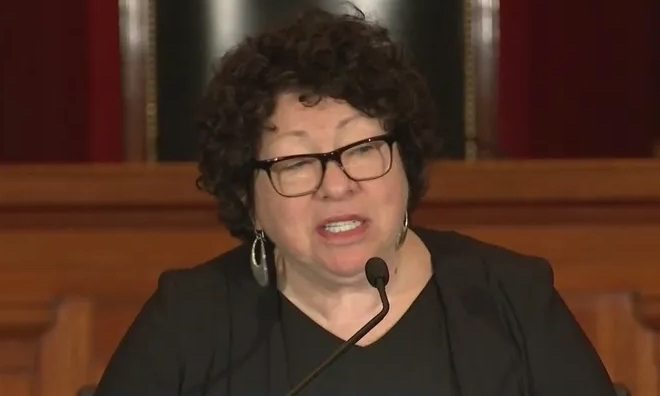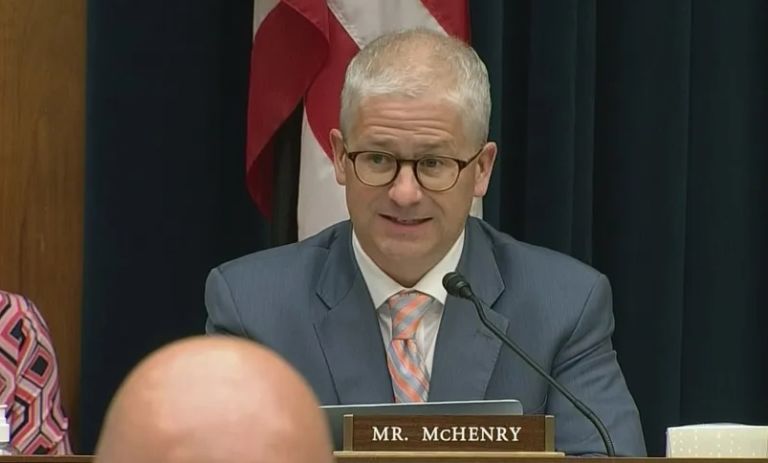Andrew Biggs of the American Enterprise Institute rebuts a misguided complaint about Social Security.
The average Social Security retirement benefit for Americans retiring in 2021 was $1,754 per month. The federal poverty threshold for a single individual aged 65 and over in 2021 was $12,996, or $1,083 per month. So the average Social Security benefit for a new retiree was actually 1.6 times the federal poverty line. Not “barely above poverty,” in my view. …
… Contrary to popular claims, the average Social Security benefit takes a retiree well above the poverty line.
So why are some retirees still living in poverty? Officially, about 9.0 percent of seniors had incomes below the poverty threshold in 2020, based upon household survey data. Census Bureau research, relying on more accurate Internal Revenue Service data, finds elderly poverty rates in the region of seven percent. But why are even 7 percent of seniors living in poverty if the average Social Security benefit is between 1.6 and 2.5 times the poverty threshold?
The answer is that seniors most in danger of poverty receive much lower Social Security benefits. To start, Social Security requires 10 years of contributions to qualify for benefits. As a result, about one-in-20 seniors don’t even receive Social Security, and these non-beneficiaries are disproportionately poor. Moreover, even after qualifying there is no minimum Social Security benefit. Yes, Social Security is progressive, replacing up to 90 percent of pre-retirement earnings for the poorest seniors. But if you were in poverty before retirement, you may end up poor after retirement as well. Nearly one quarter of new retirees last year collected a benefit of less than $1,000 per month.
Meanwhile, a high-income dual-earner couple retiring today could end up with more than $82,000 in combined Social Security benefits. Is that what we really mean to do?
Most countries don’t handle retirement programs this way.


